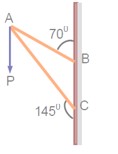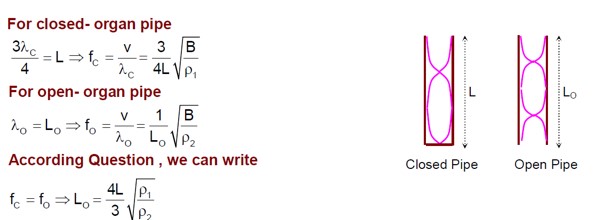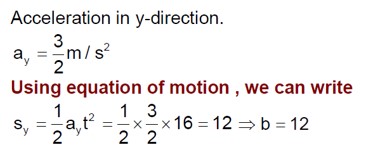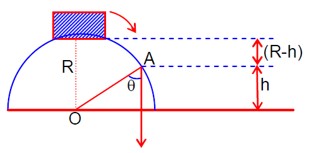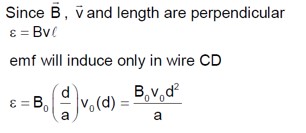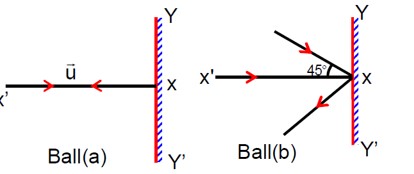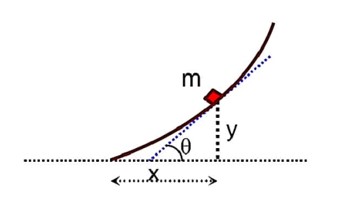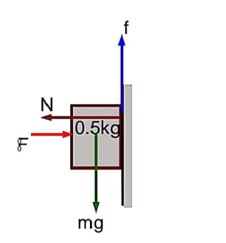Physics Laws of Motion
Get insights from 189 questions on Physics Laws of Motion, answered by students, alumni, and experts. You may also ask and answer any question you like about Physics Laws of Motion
Follow Ask QuestionQuestions
Discussions
Active Users
Followers
New answer posted
3 months agoContributor-Level 10
Statement-I: F? = mv²/r ≤ f? = µmg ⇒ v ≤ √ (µgR) = √ (0.2*9.8*2) = 1.98 m/s
v_cyclist = 7 km/h = 1.94 m/s. Since 1.94 m/s < 1.98 m/s, statement-I is correct.
Statement-II: v_max = √gR (tanθ+µ)/ (1-µtanθ) = .
v_min = √gR (tanθ-µ)/ (1+µtanθ) = √ (9.8*2 (tan45-0.2)/ (1+0.2tan45) = 3.65 m/s
v_cyclist = 18.5 km/h = 5.14 m/s. This is outside the safe range. Statement-II is incorrect.
New question posted
3 months agoNew answer posted
3 months agoContributor-Level 10
Let vel of A and B just after collision be VA & VB respectively.
m * 9 + 0 = m * VA + 2mVB
9 = VA + 2VB
again e = (VB - VA)/ (9-0) = 1
9 = VB - VA
From (i) & (ii)
VB = 6 m/s & VA = -3 m/s
Now, for B and C collision (completely inelastic):
2m * 6 + 0 = (2m + 2m)Vc
12m = 4mVc
Vc = 3 m/s
New answer posted
3 months agoContributor-Level 10
a = F/m = (8î + 2? )
r = ut + ½ at²
r = 0 + ½ (8î + 2? ) 10²
r = 400î + 100?
New answer posted
3 months agoContributor-Level 9
For ball (a): I? = Δp? = 2mu
For ball (b): I? = Δp? = 2mu cos 45°
I? /I? = 2mu / (2mu cos 45°) = √2
Taking an Exam? Selecting a College?
Get authentic answers from experts, students and alumni that you won't find anywhere else
Sign Up on ShikshaOn Shiksha, get access to
- 65k Colleges
- 1.2k Exams
- 679k Reviews
- 1800k Answers

